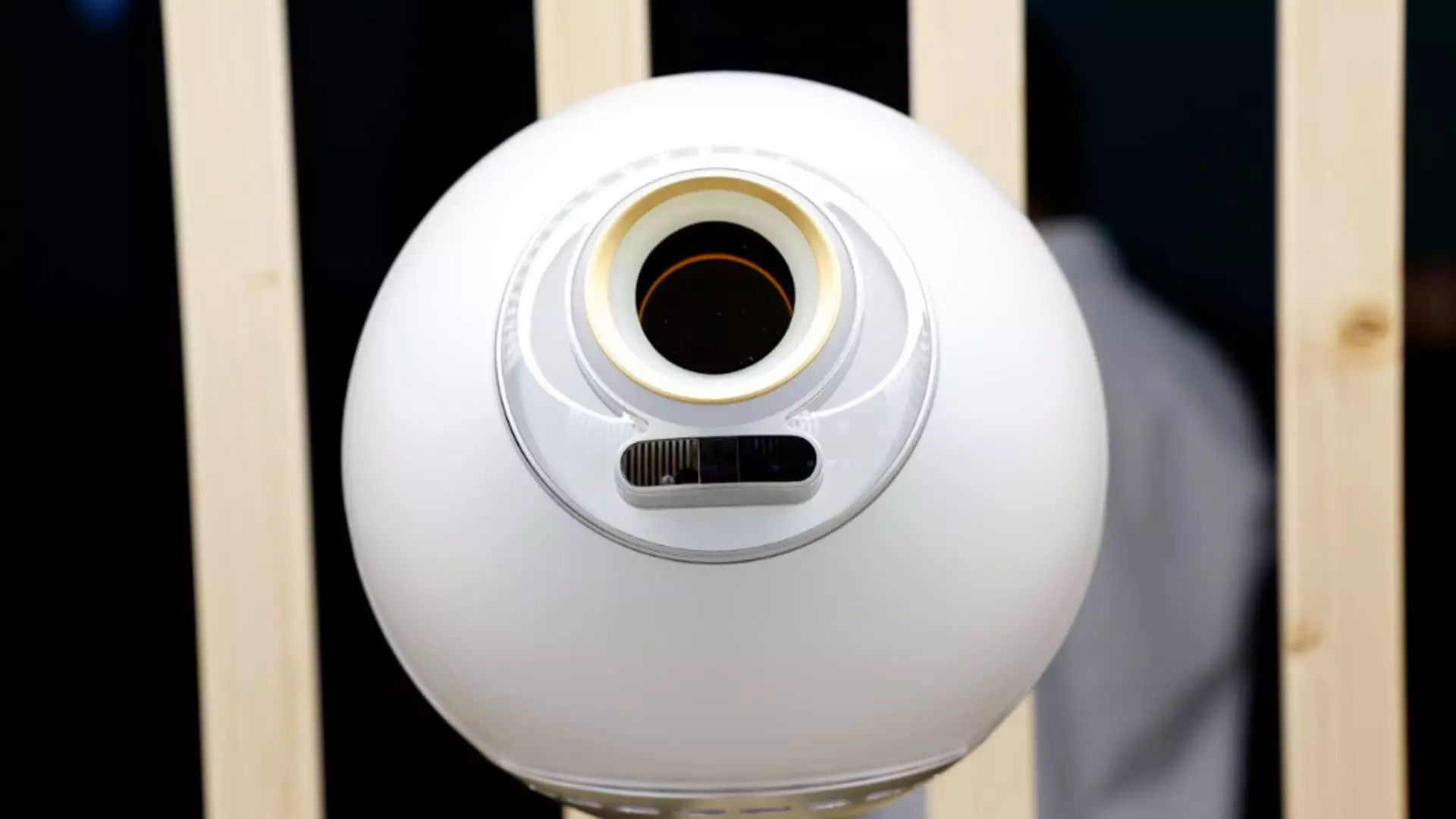In an era where digital identity verification is becoming increasingly vital, a groundbreaking initiative is set to reshape the landscape of personal authentication. Co-founded by Sam Altman, CEO of OpenAI, the innovative project known as World aims to leverage advanced biometric technology to secure digital identities against the burgeoning threats of artificial intelligence. The crowning glory of this venture is the Orb, a spherical device designed to scan the iris of individuals, generating a unique identification code. This technology not only promises to authenticate human identities but also to combat the rise of deep fakes and other nefarious uses of AI.
Set to launch in London this week, with plans to expand to other major U.K. cities such as Manchester, Birmingham, and Glasgow, World is poised to make a significant impact. The introduction of the Orb comes at a time when both everyday users and organizations are acutely aware of the challenges posed by AI-driven fraud. Adrian Ludwig, the chief architect from Tools for Humanity, has indicated an impressive demand from corporations and governmental bodies for a reliable solution that mitigates risks across various sectors – from banking to online gaming.
How Orb Works: A Glimpse into the Future
The functionality of the Orb is especially interesting as it combines user-friendliness with high-tech capabilities. Upon scanning an individual’s face and iris, the device creates a unique iris code that serves as a digital fingerprint, confirming their humanity in an age overrun by sophisticated AI algorithms. Each individual also receives World’s WLD cryptocurrency, which they can use along with an anonymous identifier called World ID to access a range of applications, already including popular platforms like Minecraft and Reddit.
This innovative approach signifies a solid departure from conventional identity verification methods, raising the question: can biometric data be secured without impinging on user privacy? World asserts that it does indeed take privacy seriously, stating it encrypts biometric information and destroys the original data after verification. Additionally, World’s decentralized model utilizes individual devices for storage and processing, rather than relying on centralized cloud infrastructures. This could be a game-changer, especially in light of growing concerns over data breaches and unauthorized access in today’s digital environment.
Navigating Trust in a Tech-Driven World
Despite advancements in biometric security, skepticism persists over privacy implications. The trajectory of World becomes even more critical when examined against the backdrop of a complex regulatory landscape. Ludwig acknowledges that skepticism among potential users and governmental bodies can hinder the adoption of such transformative technologies. The history of digital identity initiatives, like India’s Aadhaar, showcases the potential pitfalls of expansive digital identity projects when coupled with governance that lacks stringent controls to prevent misuse. Aadhaar’s rollout has faced intense scrutiny due to privacy violations that threaten to exacerbate social inequities.
However, Ludwig expresses a growing interest from government entities searching for robust identity verification mechanisms. He highlights the proactive dialogue between World and regulatory bodies, including the U.K.’s Information Commissioner’s Office. Addressing this skepticism is paramount for operational scalability, and World appears ready to engage transparently in these discussions.
The Future of Digital Identity: Challenges Ahead
As World prepares to scale from its current user base of 13 million, the challenges of maintaining security and accommodating a growing user base loom large. The design of the technology allows for localized processing on user devices, which is promising for reducing risk. Nevertheless, the explosion of users may strain the system as it shifts from a niche application into mainstream use. Will local verification hold up against the demands of billions of identities, especially as sophisticated AI continues to evolve?
Furthermore, while Ludwig is optimistic about the transition from physical identification to digital systems, the reality remains complicated. The increasing capability of AI to breach traditional security methods highlights an urgent need for innovation in digital identity systems. The appeal of World’s approach lies in its dual promise: to deliver a more secure identity verification system while championing user privacy. As regulators and organizations alike await trails of evidence on the efficacy of such systems, the fundamental question remains: can new technologies assuage the fears rooted in the abuses of the past?
World’s venture into advancing biometric identity verification boldly confronts both societal concerns and technological challenges. With leaders like Ludwig at the helm, the conversation surrounding ethical and responsible AI use takes center stage, offering a glimpse into what a safer digital future could look like.

